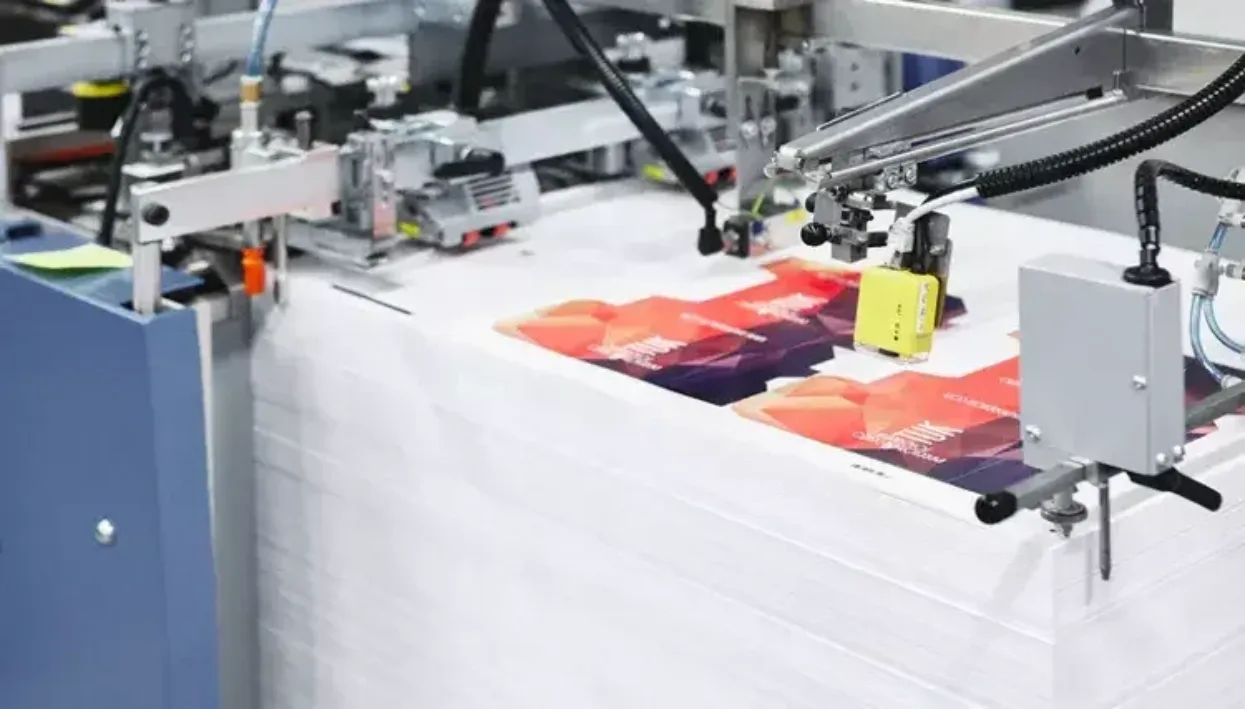Towards the mass customization of one
Author
FESPA Staff
Published Date
09/09/2020
Become a FESPA Member
to Continue Reading
